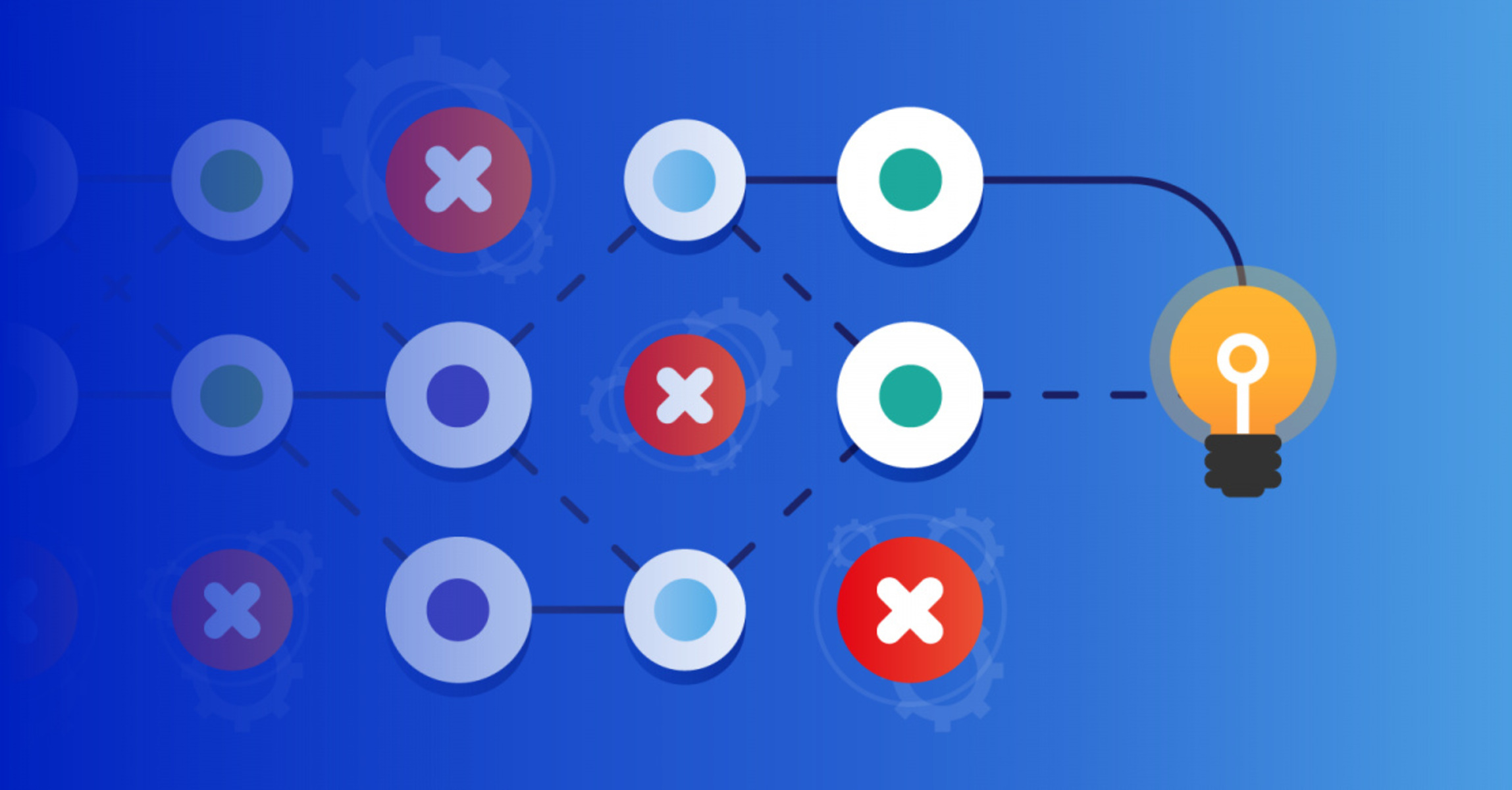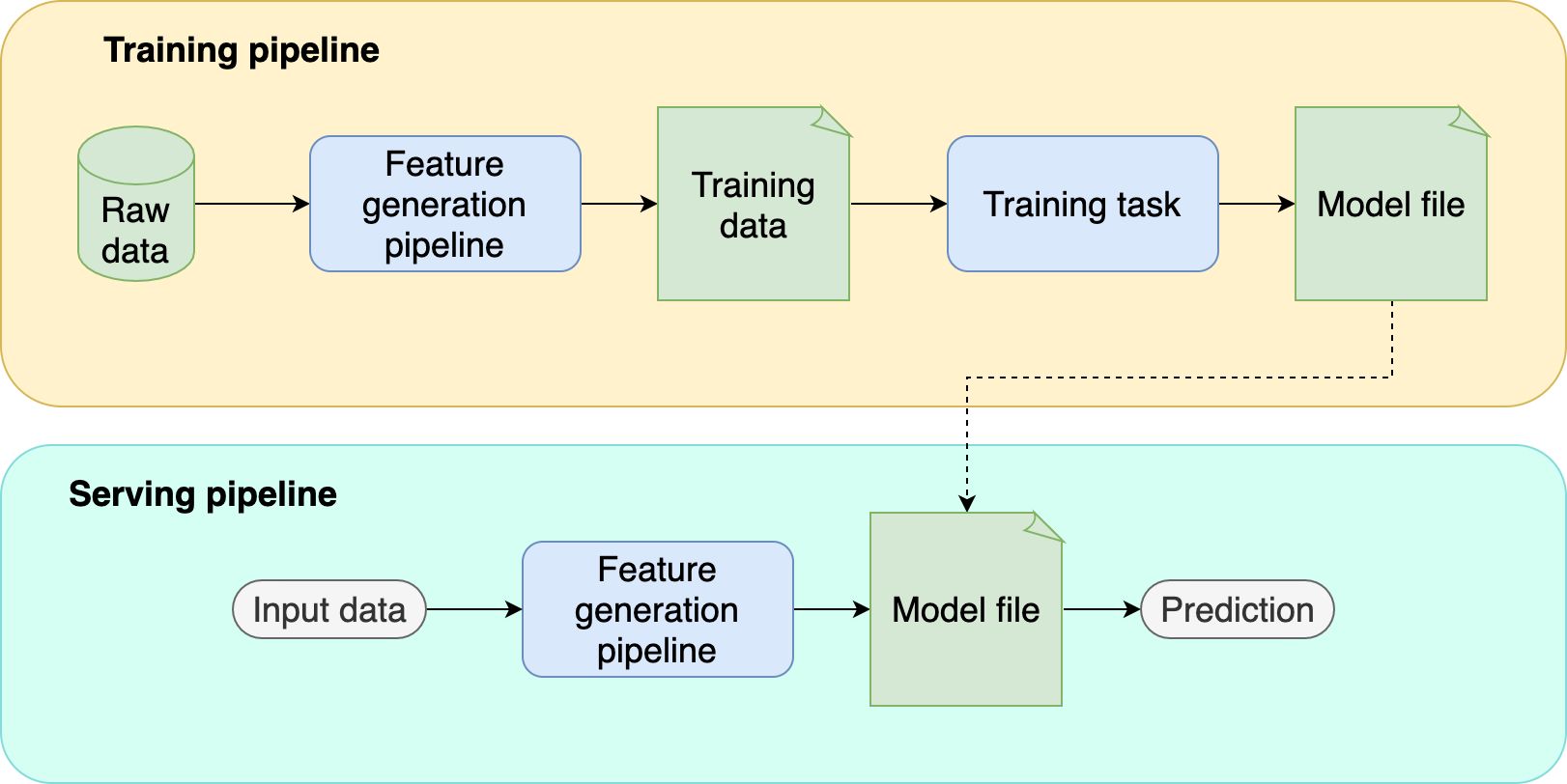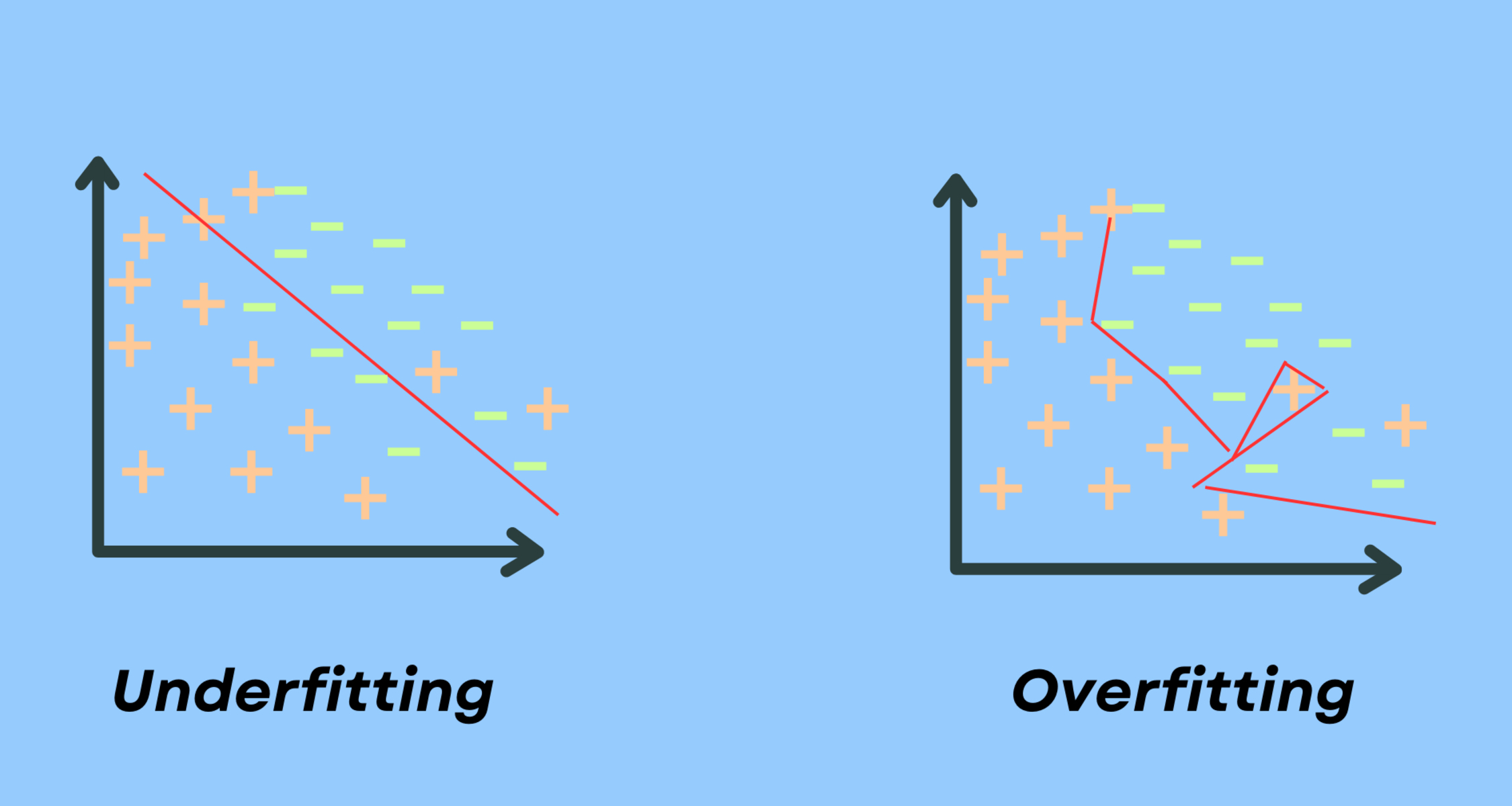Introduction
Welcome to the world of machine learning, where algorithms and data drive intelligent decision-making. As machine learning models become increasingly complex, it is essential to assess their performance and ensure their generalizability to real-world scenarios. This is where validation sets come into play. In this article, we’ll explore what a validation set is, why it is necessary, and how it differs from training and test sets.
Machine learning involves training models on a labeled dataset to learn patterns and make predictions on unseen data. Typically, the dataset is divided into three subsets: the training set, the validation set, and the test set. While the training set is used to train and optimize the model’s parameters, and the test set is used to evaluate its performance, the validation set serves a crucial role in model selection and parameter tuning.
A validation set acts as an intermediary step between the training and test sets, providing an unbiased evaluation of the model’s performance during development. It helps prevent overfitting, which occurs when a model performs well on the training data but fails to generalize to new, unseen data. By using a separate validation set, we can assess the model’s performance on data that it has not been directly exposed to during training.
The main purpose of a validation set is to estimate the model’s performance on unseen data and compare different models or different sets of hyperparameters. It helps in selecting the best-performing model and optimizing its parameters to improve its generalization capabilities. Without a validation set, it becomes difficult to make informed decisions about the model’s performance and potential improvements.
A well-designed validation set should represent the real-world data distribution and be independent from the training set. It should not be used for training the model or influencing parameter selection, as this could lead to biased results. By ensuring a fair and unbiased evaluation, we gain confidence in the model’s ability to perform well on new, unseen samples.
What is a Validation Set?
A validation set is a subset of the dataset used in machine learning to evaluate and fine-tune the performance of a model before deployment. It is a crucial component of the model development process, allowing data scientists and machine learning practitioners to assess the model’s effectiveness and make necessary adjustments.
The validation set serves as an unbiased indicator of how well the model will perform on unseen data. It helps in determining the model’s generalization capabilities and provides insights into its strengths and weaknesses. By evaluating the model on a separate set of data, we can gauge its ability to make accurate predictions and identify any potential issues that need to be addressed.
When creating a validation set, it is crucial to ensure that it is representative of the overall dataset. This means that the distribution of data should be similar to that of the real-world scenarios the model will encounter. A well-designed validation set includes samples that are diverse and cover a range of possible inputs, allowing for a comprehensive evaluation of the model’s performance.
The size of the validation set is typically smaller than the training set but larger than the test set. It should contain a sufficient number of samples to provide a reliable assessment of the model’s performance without being overly computationally expensive. By striking a balance between size and computational efficiency, we can effectively evaluate the model without sacrificing valuable time and resources.
One common approach to creating a validation set is to randomly partition the dataset into three subsets: the training set, the validation set, and the test set. The training set is used to train the model’s parameters, while the test set is held separate and used as a final evaluation benchmark. The validation set, on the other hand, is used during the development phase to validate the model’s performance and fine-tune its parameters.
It is important to note that the use of a validation set is not limited to a specific machine learning algorithm or problem domain. It is a fundamental practice that applies across various domains and is instrumental in improving the performance and reliability of machine learning models.
Why Do We Need a Validation Set?
A validation set plays a crucial role in the model development process and is essential for several reasons. Let’s explore why we need a validation set in machine learning.
One primary reason for using a validation set is to prevent overfitting. Overfitting occurs when a model becomes too complex or too closely matches the training data, resulting in poor generalization to unseen data. By evaluating the model on a separate validation set, we can assess its performance on data that it has not been directly exposed to during training. This allows us to identify whether the model is overfitting or underfitting the data, and take appropriate steps to address the issue.
Another reason for the inclusion of a validation set is model selection. In many cases, machine learning practitioners need to compare and choose between different models or variations of the same model. The validation set serves as a benchmark to compare the performance of these models and determine which one performs the best. By evaluating multiple models on the same validation set, we can make an informed decision about the most suitable model for the given problem.
Additionally, a validation set helps in fine-tuning the model’s hyperparameters. Hyperparameters are settings or configurations that are not learned directly from the data but have a significant impact on the model’s performance. These can include learning rates, regularization parameters, or the number of layers in a neural network. By evaluating the model’s performance on the validation set across different hyperparameter values, we can select the optimal settings that maximize the model’s performance.
Using a validation set also helps in gaining insights into the model’s strengths and weaknesses. By analyzing the validation set results, we can identify patterns or scenarios where the model struggles or excels. This information can guide further model improvements or feature engineering processes, ultimately leading to a more robust and effective model.
Overall, a validation set is crucial in ensuring the reliability and generalization capabilities of machine learning models. It helps in preventing overfitting, selecting the best-performing model, fine-tuning hyperparameters, and gaining insights into the model’s behavior. Without a validation set, we would be left guessing about the model’s performance on unseen data, making it challenging to make informed decisions and trust the model’s predictions.
How is a Validation Set Different from a Training Set and a Test Set?
In the realm of machine learning, several subsets of data play distinct roles in the model development process. The training set, validation set, and test set each serve unique purposes. Here, we will delve into how a validation set differs from a training set and a test set.
The training set is the largest subset of the data and is used to train the model’s parameters. It serves as the foundation for the model’s learning process, allowing it to examine patterns and relationships within the data. The goal is to minimize the training set error by iteratively adjusting the model’s parameters until it becomes proficient at predicting the output based on the input features. The model learns from the training set to make accurate predictions on unseen data.
In contrast, the validation set serves as a comprehensive evaluation tool during the development phase. It is used to assess the model’s performance on data that it hasn’t been directly exposed to during training. The validation set helps in estimating the model’s generalization capabilities and provides insights into its strengths and weaknesses. It allows for the comparison of different models or variations of the same model, enabling data scientists to select the most promising one for further refinement.
While the training and validation sets are primarily used for model development and fine-tuning, the test set is reserved for the final evaluation of the model. The test set acts as a benchmark to assess the model’s performance on entirely new, unseen data. It helps validate the model’s ability to generalize beyond the training and validation sets, providing insights into how it might perform in real-world scenarios.
One key difference between the training and validation sets is the allocation of data. The training set typically consists of a larger proportion of the data, allowing the model to learn from a diverse range of samples. On the other hand, the validation set is smaller, but still representative of the overall dataset, enabling a comprehensive evaluation of the model’s performance without excessive computational cost.
It is important to note that the training set and the validation set must be kept separate throughout the model development process. The model should never be exposed to the validation set during training, as doing so would compromise the unbiased evaluation of its performance. Similarly, the test set should remain entirely unseen until the final evaluation stage to ensure an unbiased assessment of the model’s capabilities.
Overall, the main differences between a validation set, a training set, and a test set lie in their roles and purposes within the model development process. The training set is used for parameter optimization, the validation set for model evaluation and selection, and the test set for final performance assessment on unseen data. By utilizing these different subsets effectively, we can build robust and accurate machine learning models.
How to Create a Validation Set
Creating a validation set is an important step in the model development process. A well-crafted validation set ensures an unbiased evaluation of the model’s performance and helps in selecting the best-performing model. Let’s explore the steps involved in creating a validation set.
The first step is to set aside a portion of the dataset specifically for validation purposes. The size of the validation set is typically smaller than the training set but larger than the test set. The exact proportion can vary depending on factors such as the size of the dataset and the complexity of the model. However, a commonly used ratio is around 70% for the training set and 15-20% for the validation set.
Once the proportion is determined, the next step is to randomly partition the dataset into three subsets: the training set, the validation set, and the test set. Random partitioning helps ensure an unbiased representation of the data in each subset.
Various techniques can be employed for random partitioning, depending on the programming language or machine learning library being used. For example, in Python, the scikit-learn library provides functions like train_test_split() that can be used to easily split the data into training and validation sets.
It is important to note that during the random partitioning process, the order of the data should be shuffled to remove any potential biases that could arise from the initial ordering. Shuffling the data helps ensure that the subsets are representative and avoid any unintentional patterns that may exist in the original data order.
Another crucial consideration when creating a validation set is to ensure that it is independent of the training set. This means that the data in the validation set should not be used during the model’s training phase. Using the validation set for training can lead to biased results and over-optimistic performance estimations.
Additionally, when creating a validation set, it is important to ensure that it represents the real-world data distribution. This means that the data in the validation set should cover a range of possible inputs and be representative of the scenarios the model will encounter in production. It should be diverse enough to provide a comprehensive evaluation of the model’s performance.
In summary, to create a validation set, determine the size proportion, randomly partition the dataset into three subsets (training, validation, and test), shuffle the data to remove any biases, and ensure that the validation set is independent from the training set. By following these steps, you can establish an effective validation set for evaluating and fine-tuning your machine learning models.
How to Use a Validation Set in Machine Learning
A validation set is a powerful tool in the machine learning workflow that helps in model evaluation and fine-tuning. Here are the steps to effectively utilize a validation set in machine learning:
1. Train the model: Begin by training the model using the training set. This involves feeding the model with input features and corresponding labels to optimize its parameters. The model learns patterns and relationships within the data during this training phase.
2. Evaluate on the validation set: After training, use the validation set to evaluate the model’s performance. Pass the validation set through the trained model and compare the predicted outputs with the actual labels. This evaluation helps assess how well the model generalizes to unseen data and provides insights into its strengths and weaknesses.
3. Adjust model parameters: Analyze the evaluation results on the validation set to identify areas for improvement. Fine-tune the model’s hyperparameters, such as learning rate, regularization strength, or number of hidden layers, to optimize its performance. Iterate this process by training the model with the adjusted parameters and evaluating it on the validation set until satisfactory results are achieved.
4. Prevent overfitting: A critical role of the validation set is to detect overfitting. If the model performs well on the training set but poorly on the validation set, it indicates overfitting. To tackle this, consider techniques such as regularization, reducing model complexity, or increasing the size of the training set.
5. Monitor performance: Continuously monitor and track the model’s performance on the validation set during the development process. This allows for early identification of any degradation in performance or stability issues. Adjustments can be made accordingly to maintain and improve the model’s performance.
6. Avoid data leakage: Ensure that the validation set is kept independent and separate from the training set during the entire model development process. Data leakage occurs when information from the validation set influences the training phase, leading to overly optimistic performance estimations. Avoid any direct or indirect usage of the validation set for training purposes.
7. Fine-tune model selection: The validation set can also play a role in selecting the best-performing model among multiple models or variations. Compare the performance of these models on the validation set and choose the one with the highest accuracy or lowest error rate. Remember to avoid bias by using the validation set only for evaluation, not for influencing the model selection process.
By following these steps, you can effectively incorporate a validation set into your machine learning workflow. It enables you to evaluate the model’s performance, fine-tune parameters, prevent overfitting, and guide the selection of the best model. The validation set brings objectivity and reliability to the model development process, ultimately leading to more robust and accurate machine learning models.
Advantages and Disadvantages of Using a Validation Set
A validation set is a valuable component in the machine learning development process, but like any technique, it has its own advantages and disadvantages. Let’s explore both sides of using a validation set.
Advantages:
1. Performance evaluation: The primary advantage of a validation set is its ability to accurately evaluate the performance of a machine learning model. By keeping the validation set independent from the training set, it provides an unbiased assessment of the model’s generalization capabilities. It allows for a reliable estimation of how well the model will perform on new, unseen data in real-world scenarios.
2. Model selection: A validation set enables the comparison of different models or iterations of the same model. By evaluating the performance of these models on the same validation set, it becomes easier to select the most suitable model. This helps in making informed decisions about which model to move forward with for deployment or further refinement.
3. Hyperparameter tuning: Hyperparameters play a crucial role in model performance, and a validation set can be used to fine-tune these parameters. By evaluating the model’s performance across different hyperparameter values on the validation set, we can determine the optimal settings that maximize the model’s accuracy or minimize its error rate.
4. Preventing overfitting: Overfitting is a common issue in machine learning where the model performs well on the training set but fails to generalize to new data. The validation set acts as a checkpoint during development, helping to identify overfitting. By monitoring the performance of the model on the validation set, adjustments can be made to address overfitting and improve the model’s ability to generalize.
Disadvantages:
1. Data limitations: A potential disadvantage of using a validation set is the reduction in the amount of data available for training the model. By allocating a portion of the dataset to the validation set, the training set becomes smaller, limiting the model’s exposure to data for learning. However, this can be mitigated by using techniques like cross-validation or having a sufficiently large original dataset.
2. Computational cost: The use of a validation set adds computational overhead to the model development process. Evaluating the model on the validation set requires additional computation, which can be time-consuming, especially for larger datasets or complex models. However, the benefit of accurate performance evaluation outweighs this computational cost in most cases.
3. Data leakage: Care must be taken to ensure that the validation set remains independent from the training set. Data leakage can occur when information from the validation set unintentionally influences the training process, leading to over-optimistic performance estimations. It is important to maintain a strict separation between the training, validation, and test sets throughout the entire machine learning workflow.
Despite the limitations, the advantages of using a validation set outweigh the disadvantages. By providing an objective evaluation of the model’s performance, aiding in model selection, hyperparameter tuning, and preventing overfitting, a validation set contributes to the development of more reliable and effective machine learning models.
Conclusion
A validation set is a critical component in the development of machine learning models. It enables accurate performance evaluation, model selection, hyperparameter tuning, and prevention of overfitting. By providing an unbiased assessment of a model’s generalization capabilities, the validation set helps in making informed decisions about model deployment and further refinement.
Through the creation of a validation set, data scientists can partition their dataset into three distinct subsets: the training set, the validation set, and the test set. The training set is used for parameter optimization, while the test set serves as the final evaluation benchmark. The validation set acts as an intermediary step, allowing for comprehensive evaluation and fine-tuning of models.
While using a validation set brings advantages such as reliable performance evaluation and improved model selection, there are also considerations to keep in mind. Data limitations and computational costs can arise due to the allocation of a portion of the dataset for the validation set. Additionally, caution must be exercised to prevent data leakage and ensure the independence of the validation set from the training set.
In conclusion, the use of a validation set in machine learning enables data scientists and machine learning practitioners to optimize their models and ensure their effectiveness. By evaluating the model’s performance on unseen data, fine-tuning hyperparameters, and preventing overfitting, a validation set helps in building more robust and accurate machine learning models.

























